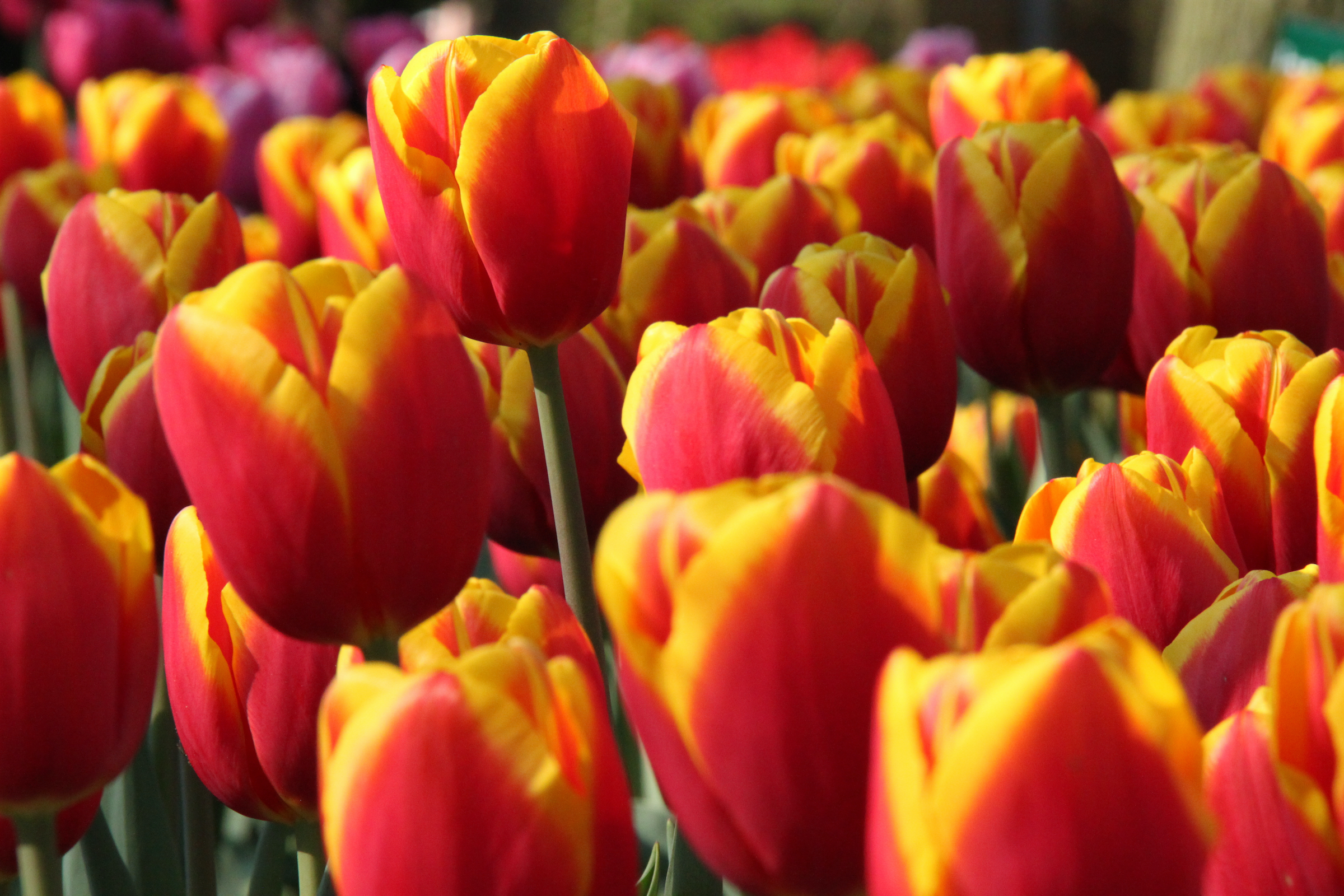The forest was surprisingly quiet early in the morning, devoid of even the melodious chorus of birdsong that usually reverberates in the air. Dozens of chital (spotted deer) were grazing in companionable silence, looking up with a start at the sound of our jeep and then getting back to the business of breakfast. Grey langurs were playing about on treetops, swinging from one branch to another, dropping fruit and leaves for their deer friends on the ground. Occasionally, a lone jackal or mongoose made its way on to the jeep track, scurrying away into the bushes in panic at the first sign of intrusion.


Jim Corbett National Park is located on the Terai plains in the foothills of the Himalayas, with the Ramganga and Kosi rivers flowing nearby. When it was established as a National Park in 1936, the first such initiative in India, it was named after the region’s governor Malcolm Hailey.
It was only a few decades later that it was renamed in honour of Terai’s favourite son, Jim Corbett, hunter turned conservationist. Locals fondly called him “Carpet Sahib” and respected him for hunting down terrifying man-eaters, and his adventures are still part of local folklore. Corbett is also the first tiger territory to be brought under Project Tiger in 1973.

As far as tiger sightings are concerned, keen enthusiasts claim that forests like Bandhavgarh and Ranthambhore offer much better chances. With over 200 counted as of 2017, tigers are not scarce but just seem to be more elusive than their counterparts in other forests.
However, the jungle more than makes up with a huge population of tuskers and in the early morning drives, it is possible to see entire families ambling together, mothers and calves, old and young. There are over 500 species of birds, both perennial and migratory, making it a birdwatcher’s delight. Add to it the fact that the area also has some of the most stunning landscapes – streams and meadows, tall grasslands and undulating hillocks – and it is easy to see why Corbett still remains a hot favourite among nature lovers.

Since the tiger tracking was getting us nowhere, we decided to focus on the birds that morning in the Bijrani zone of the forest. Pied bushchats and coppersmith barbets, great Indian hornbills and crested serpent eagles – the checklist saw more and more ticks as we drove on in the midst of the towering sal trees and the open pastures.
My birdwatching had already begun at the newly opened lebua resort where I was staying, far away from the urban chaos of Ramnagar town and the string of hotels bordering the road. Spread over nine acres and entirely surrounded by forestland, lebua itself offered a slice of the wilderness without having to step out – from sightings of the endangered Green Magpie to nocturnal visits by the local rogue elephant, this was the perfect place to throw away the shackles of city life and breathe in clean and crisp mountain air.

Another morning, we skipped the forest safari and drove up to the banks of the Kosi river for a sunrise experience. The mist hung low on the water, as the sky turned a soft pink and purple in the distance, before erupting into a blaze of orange. Back at lebua, the next in the agenda was a hike to the nearest village of Bhakrakot for more birding, returning via the rough jungle trails along the edge of the hill, the green valley way down below.
The stay also offered a taste of wholesome and delicious Kumaoni cuisine, prepared with seasonal ingredients, in place of standard resort fare. There was alu pyaaz chilla with a tangy bhaang ki chutney on the side for breakfast and an array of pahadi vegetable dishes using fresh kaddu, saag and gaderi for dinner, served with mandua roti and fragrant Kumaoni khichdi.

The magnificent tiger may have shied away through the several forest drives, but the jungle revealed its myriad other colours. It was enough to make us realise that a lot may have changed since the time of Jim Corbett, but the magic of this land still remains.
To be continued. Also read: My stay at lebua Corbett.




With my recent experience with Corbett National Park, I would say Dhikala zone is a must see for every traveler. Sitting on the elephant’s back, trailing through the jungles of Corbett gave me goosebumps.